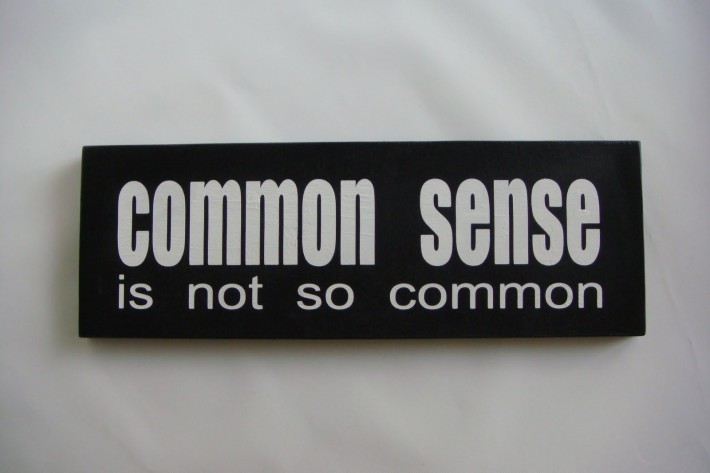Companies frequently use new hire assessments as a way to predict a candidate’s potential performance. Over the years we have come across many assessments, from behavioral to personality and IQ tests. But most have missed the mark when it comes to making the inextricable correlation between a person’s innate behaviors, persona or intelligence level and their ability to apply those characteristics to the workplace. For example, being seen as a “nice” person can be a great thing, but there are many “nice” people that struggle to produce work in a timely fashion, to collaborate with their colleagues or to work under mutable conditions. A good assessment tool has to bridge the gap between who we think we are and how we really act.
Several years ago we were introduced to the Hartman Value Profile assessment which looks at a person’s value judgments as an indicator of how they will perform at work. The assessment helps to answer questions like, “When faced with a challenge, will this individual collapse under pressure or determine creative ways to approach it,” “Can this individual generate results amongst cross-functional teams,” and “Does this individual have a tendency to look at long-term implications of their decisions or only focus on what’s directly in front of them?” What makes the Hartman Value Profile different
1. It’s not a personality or psychological test. The Hartman Value Profile measures a person’s ability to judge situations and act upon those judgments. As employers of the ethnographic method (the study of culture) we know firsthand that an individual’s personality is only a piece of the puzzle, oftentimes grounded in their response to a particular environment.
2. It is based on science. Dr. Robert Hartman, Ph.D., created the Hartman Value Profile and was nominated for the 1973 Nobel Prize (the year Henry Kissinger was awarded). Dr. Hartman used mathematics to measure how our value system defined our behavior, ability to work with others and how we make decisions.
3. The “big wigs” use it. We hate to name drop, and as a point of reference, we don’t believe that high profile associations always equate to value. But in this case we can understand why the Hartman Value Profile has been used by different governments and institutions like Yale, Harvard and Pentagon, to name a few.
Judgment is a fairly new term for businesses interested in an empirical performance assessment (as we mentioned it’s not nearly as common as personality or IQ tests). As it turns out, judgments, and our ability to make good ones, might be the next frontier for HR. Take the example of teaching a child how to properly cross a busy intersection. You’ll show them to take notice of road signs, changing lights and to look both ways before stepping onto the road. Eventually, you hope they grow up to be watchful adults that heeded your instructions. But someone who doesn’t display the common indicators for common sense might choose to text on their phone as soon as they see the “Walk” sign without looking for remaining traffic in the intersection. (Spend a weekday afternoon in Midtown Manhattan and you’ll observe these text-walkers firsthand.) The very same judgment indicators that show common sense in life spill over into work behavior as well.
Over the past seven years we have introduced the Hartman Value Profile to dozens of clients with uniquely high rates of success. When it comes to building stronger collaboration amongst teams or matching a person’s skills and experience with how they will function in a particular role, we believe it is the best tool out there. Recently we helped a software client vet candidates for a B2B field sales representative position and the client mentioned how happy she was that we introduced them to the Hartman Value Profile (they now use it to staff all of their positions). Another client said that he is constantly astounded at how accurate the test is, so much so that he thinks the consultant who analyzed the results and provided insights into his team’s performance must be a part-time psychic.
This brings us to a final note on assessment tools. When it comes to using any empirical test, it’s critical to balance the results with an employee’s experience, background, interview and any other factors in the hiring process to score the right people.
To learn more about the Hartman Value Profile, contact us at info@consultsbr.com.



